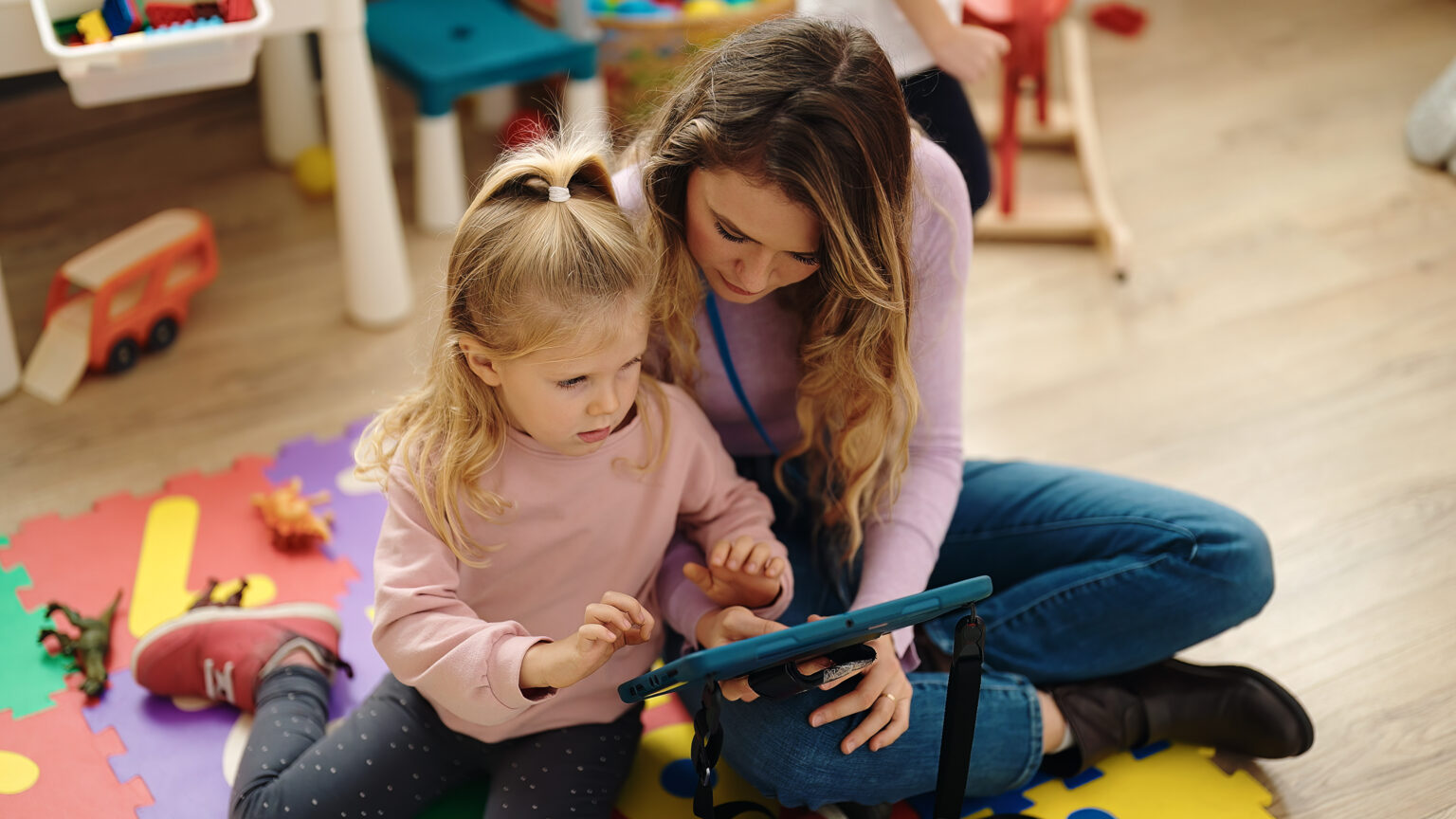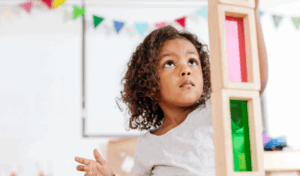With thanks to Alex Dave, safeguarding lead at LGfL, for providing the advice and information on this page.
From birth, children are immersed in a world rich with digital media. The range of technology they encounter is wide and ever-expanding – from smart home appliances and voice-activated assistants to internet-connected toys, televisions, audio devices, and tablets. These technologies are not only part of all of our environments but also integral to how children engage with the world. They use them to connect with loved ones, create and explore images, play, move their bodies, and enjoy music and stories and much much more!
It is essential for early years settings to acknowledge this digital landscape when shaping their own policies and practices. Too often, digital media is viewed through a narrow lens (digital media is more than ‘screens’), which can limit our ability to support children’s safety and healthy engagement with technology.
Given the pervasive presence of digital media both at home and increasingly within early years environments, adopting a whole-setting approach to its use, including clear strategies around online safety, is vital. Such an approach ensures that young children are supported in understanding, exploring, and navigating the digital world in ways that are safe, developmentally appropriate, and enriching. The components of this include:
- Agreeing explicit principles around the use of digital media with all staff to create consistency and promote good practice. What will children access? From what age? Why? How does it support their development? What boundaries do you want to put in place?
- Ensuring there is a pedagogy first approach to any digital media use. Media and content should only be used when it supports child development. Make sure digital media doesn’t replace any of the key ingredients for healthy child development.
- Developing clear, and responsive policies that are created with, accessible to and understood by all staff and parents.
- Delivering training to all staff about online safety, helping them to stay up to date with good practice and current trends.
- Setting up and maintaining robust safety controls and safe systems. This includes on your broadband, devices and apps/games, as well as considering safe use of search engines, CCTV and streaming sites. They are all different!
- Exploring and providing support to parents and carers around online safety and digital media use.
- Making sure there is parity in recognition, reporting and recording of online safety concerns and ‘offline concerns’.
Further information
LGfL have FREE support and resources available at eysafe.lgfl.net, including an Online Safety and Digital Media Policy Guide (which includes an Online Safety Charter) and an Online Safety Audit.
Catch up with our webinar with LGfL on screens in the early years on YouTube




